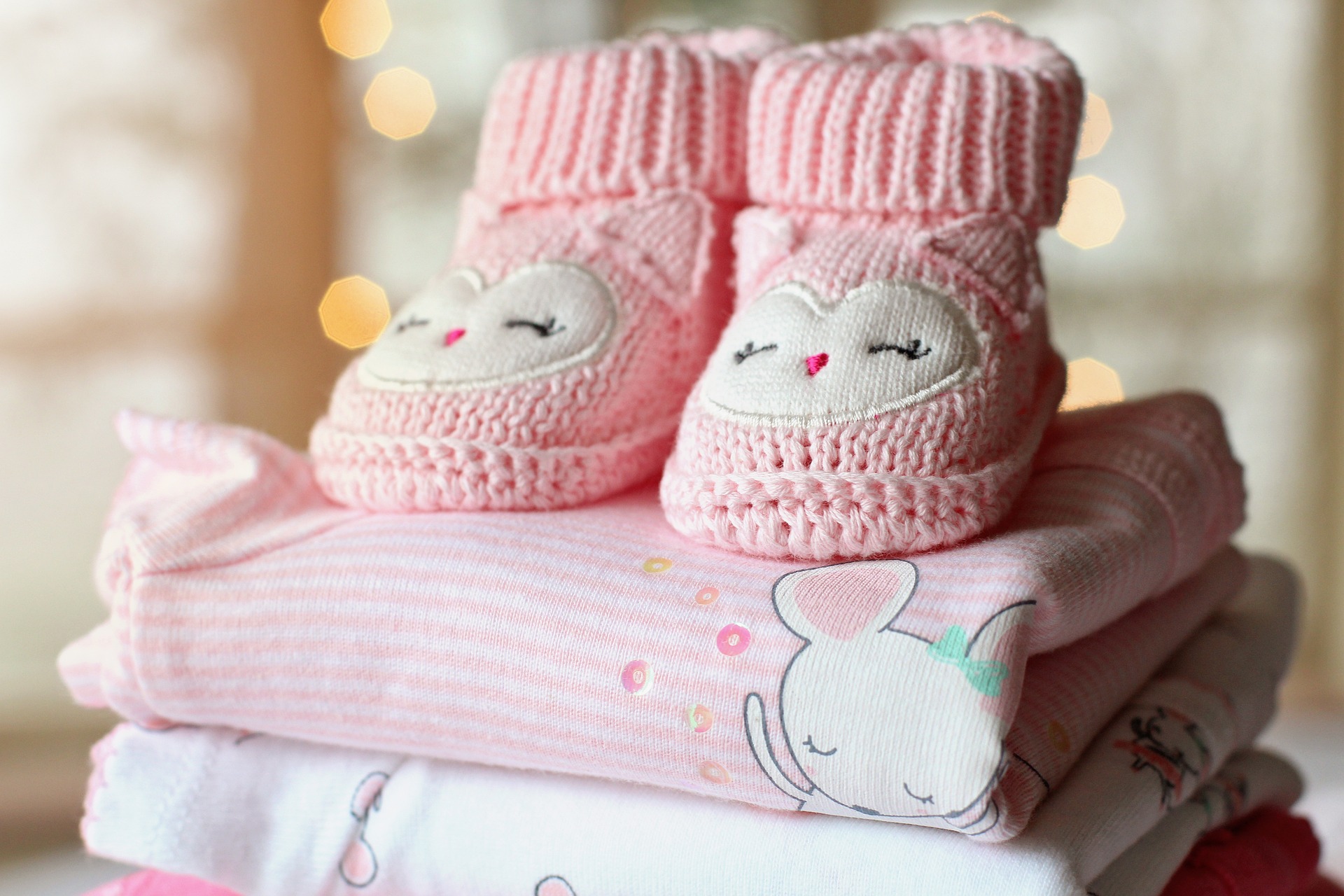Baby Clothes: A Guide to Infants' Onesies, Sleepers, and Rompers
Choosing clothing for a baby combines practical needs with comfort and safety. Fabrics, easy-access closures and appropriate sizing help caregivers manage diaper changes, sleep routines and daily activity. Seasonal layers, gentle textiles and simple silhouettes often outperform fussy garments; durability and easy laundering are important when clothing sees frequent washing and wear.

Infants: sizing, fit, and fabric choices
For infants, fit and fabric are key. Babies grow quickly, so buying a few sizes up can extend use without compromising fit. Look for soft, breathable materials like cotton or cotton blends for everyday wear; these help regulate temperature and reduce skin irritation. Pay attention to neck openings and shoulder styles—overlapping shoulders or snap closures make dressing and undressing simpler. Avoid garments with loose buttons, decorative bows, or long ties that could be safety hazards.
Many caregivers consider organic or hypoallergenic fabrics if a baby has sensitive skin, but fabric choice should balance comfort with practicality. Stretch woven fabrics and gentle elastics at cuffs and ankles support movement without constriction. Seams and tags can chafe, so flat seams or tagless labels improve comfort for infants who fuss at touch.
History: how baby clothing has evolved
Baby clothes have shifted from miniature adult fashions to function-driven designs over the past century. In earlier eras, infants often wore long gowns and swaddling wraps; gender-neutral gowns and simple layers were common because they accommodated laundry and ease of care. As manufacturing advanced, specialized garments such as two-piece sets, rompers and zippable sleepwear became more widely available.
Cultural and technological changes—like the invention of snaps and zippers, synthetic dyes, and mass production—shaped modern baby wardrobes. Contemporary design tends to prioritize ergonomics, safety standards and ease of use, reflecting both caregiver needs and evolving understandings of infant comfort and mobility.
Onesies: practical features and use cases
Onesies are a staple because they combine a top and diaper-area coverage into one garment. The main benefits are easier diaper changes and a secure fit that prevents the shirt riding up. Look for reinforced snaps at the crotch, stretchy leg openings and neck designs that slide over the head or have expandable shoulders for easier dressing. Short-sleeve and long-sleeve variants cover seasonal needs without adding extra layers.
When selecting onesies, consider fabric weight and durability. Thicker interlock cotton can withstand many washes, while lighter jersey knits are cooler for warm weather. Graphic prints and appliqués are common, but ensure any decorations are well secured and launderable. For infants who sleep in a onesie, pair it with appropriate swaddling or sleep layers to maintain safe sleep temperatures.
Sleepers: safety, materials, and sleep suitability
Sleepers (also called sleep suits or footed pajamas) are designed for overnight comfort and are often zippered or snapped for quick changes. Safe sleep guidance recommends avoiding loose blankets or layers that could cover an infant’s face, so sleepers that incorporate feet and cover the torso help maintain warmth without additional bedding. Choose sleepers with snug cuffs and a proper fit to reduce excess fabric.
Material choice affects thermal regulation—cotton and bamboo blends are breathable, while heavier fleece is better for colder rooms. Many sleepers now include two-way zippers to allow quick diaper access without fully undressing the baby. Check for flame-resistant labeling or opt for snug-fitting designs that meet local safety standards for sleepwear.
Rompers: styling, function, and age considerations
Rompers are one-piece outfits often intended for daytime wear; they unite convenience with a more dressed appearance. Rompers come in a range of silhouettes—from loose, play-friendly cuts to tailored styles for special occasions. For infants, choose rompers with easy closures at the crotch and gentle elastics at the waist to allow movement while making diaper changes manageable.
As babies grow into toddlers, rompers can offer more design variety, such as roll-up sleeves or adjustable straps. Consider layering rompers over bodysuits in cooler weather or choosing lightweight fabrics for summer play. When selecting rompers for active infants, prioritize durable construction and washable embellishments.
Practical care, longevity, and buying tips
Caring for baby clothes affects longevity and safety. Use mild detergents and follow garment labels to prevent shrinkage and fabric breakdown; washing inside out preserves prints and closures. Hand-me-downs and secondhand items are common, but inspect all clothing for loose threads, missing buttons or damaged snaps before use. Stain removal techniques—soaking, gentle pretreatment—can extend the life of favorite pieces.
Organize a simple wardrobe that balances a few core items—onesies, sleepers, rompers—with seasonal layers and an outfit or two for outings. Prioritize easy-care fabrics and neutral basics to mix and match. If purchasing in your area or from local services, check return policies and size guides to reduce waste from incorrect sizes.
Conclusion
Choosing baby clothes involves balancing safety, comfort, and practicality. Understanding common garment types—onesies, sleepers and rompers—along with appropriate fabrics and sizing, helps caregivers create a functional wardrobe that supports diapering, sleeping and daily activity. Thoughtful selection and proper care extend the usefulness of garments as infants grow.





